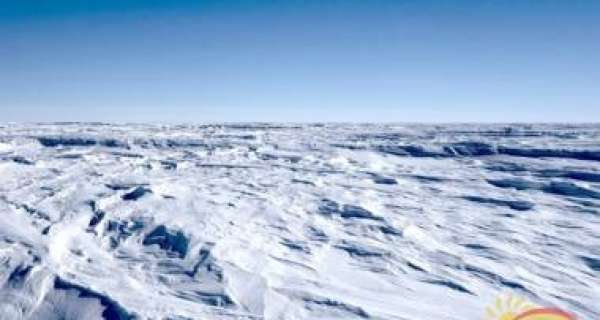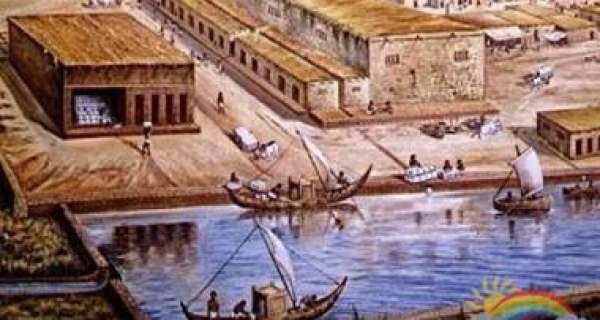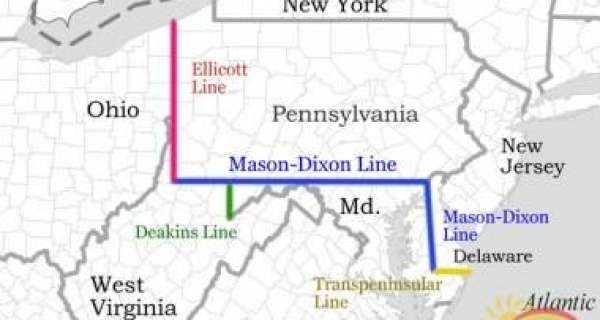The Arctic has excited man's curiosity from the time of ancient Greece and perhaps even earlier. The man who is given credit for discovering the Arctic is the famous Greek explorer Pytheas. In the 4th century b.c. he sailed from the Mediterranean northward to the edge of the Arctic region. It may be that men from northern lands, such as Norway and Britain, ventured into the northern seas even earlier, but there are no written records to prove it.
In the 16th century, the great search started for northwest and northeast passages from Europe to the Orient, and many explorers went to the Arctic region and learned more about it. This search continued right up to the beginning of the 20th century, when such a passage was discovered by the Norwegian explorer, Roald Amundsen, in 1903.
Now explorers were ready to try for the North Pole itself. United States Admiral Robert E. Peary led an expedition over the polar sea ice from a base at the northern end of Ellesmere Island. On April 6, 1909, he became the first man to reach the North Pole.
The first flight over the North Pole, a round trip from Spitzbergen, was made by the American explorer Richard E. Byrd on May 9, 1926.














